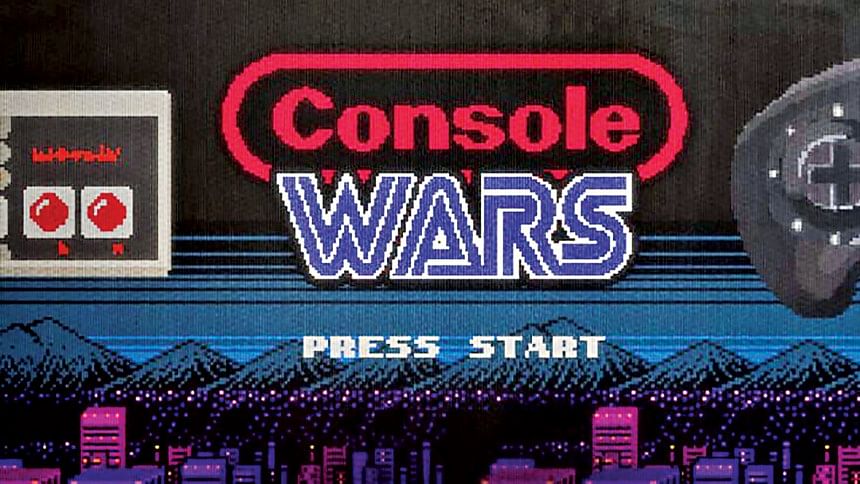When gaming giants clashed, gamers benefitted

For many of us born in the 90s and in the early 2000s, it is very possible that our first exposure to any kind of gaming was either through a Nintendo or Sega gaming console. It was an exposure to something entirely different than our young minds could only be awed as the games would proceed. The gaming consoles at that time, be it the NES or Sega Genesis or Nintendo 64 or Sega Mega Drive, offered a whole new world: castles, spells, action, fights, racing, bloodshed, all presented in 8 bit or 16-bit graphic design bursting in a cacophony of colours. Slowly, these gaming consoles alongside their mascot games, Mario and Sonic, became our gateway drugs right after coming from schools.
The newly released film, "Console Wars" looks at the battle waged between two giants of the gaming industry, Nintendo and Sega, at a time when the video gaming industry was starting to be established. From executive producers, Seth Rogen and Evan Goldberg, the film takes you to the settings of the battles for console supremacy from the boardroom to the conventions to intra-company feuds to the upper echelons of the US Congress highlighting a tour de force of the making of the battle that in many ways defined a generation, including ours.
Nintendo and Sega are both Japanese companies supplanted onto US soil and that is what drove their overarching international success. The documentary starts by showcasing Nintendo being the monopolistic gaming console in the market using their power to buy off retailers to sell their produce only making them the most conspicuous name in the world of gaming in the 1980s. Sega, a struggling company, was highly understaffed and in a mess run from directions set out all the way from Japan. A cataclysmic battle ensues when one man is known for his shrewd marketing tactics: Tom Kalinske enters the picture launching an epic David vs Goliath battle that would herald the transformation of the gaming scene forever.
Like all documentaries, Console Wars is saturated with interviews and archival footage. Whatever stands out as aesthetically pleasing is the use of video game-inspired reenactments of the various events, which took place behind the boardrooms and the conventions. Colourful pixel-filled sequences of the major events and steps taken by those on the forefront of the battle were demonstrated with clarity.
The film does not only stop at interviewing the top heads of Nintendo and Sega, but it also looks at their colourful advertising tactics including Sega's iconic "SEGA" chants commercial which catapulted it to fame. Using archival imagery from conventions and congressional hearings, the documentary also tackles the age-old problem that has bugged the gaming industry: do video games make children prone to violence? The film highlights the necessity of innovation in a rapidly changing and dynamic industry providing insightful footage into Sega's making of their iconic mascot, Sonic the hedgehog as a counterpart to Nintendo's Mario.
As the battle of 2020's console war between Sony's Play Station 5 and Microsoft's X Box Series heats up online and offline, this documentary is a well-designed nostalgic ridden throwback to a generation of games and a battle that paved way for what is today a 150 billion dollar industry.

 For all latest news, follow The Daily Star's Google News channel.
For all latest news, follow The Daily Star's Google News channel. 








Comments